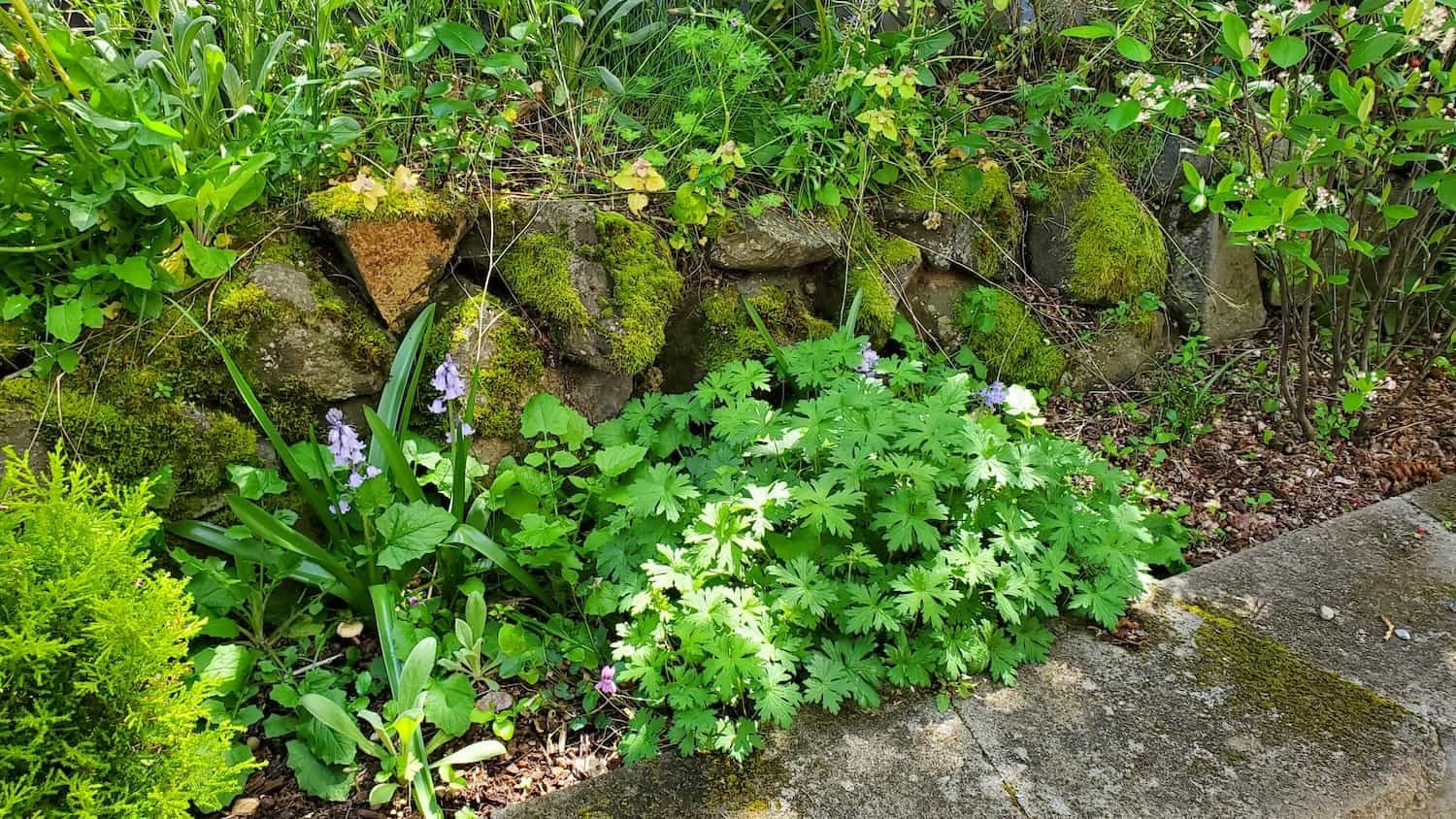West Seattle Pea Gravel Garden Path
Homeowner’s Issue
West Seattle yards present a familiar set of problems: heavy winter rain, compacted glacially-derived soils, moss in shady corners, and steep driveways or bluffs that throw water onto paths. Lawns and dirt walkways quickly turn to mud in fall and winter, while summer’s dry spells and occasional watering restrictions stress plants and expose erosion-prone slopes. Properties near Lincoln Park, Alki Beach, Admiral, or the Fauntleroy bluff see salt spray and wind on exposed edges, so materials need to tolerate that exposure.
Weeds like hairy bittercress and winter annuals explode in moist seasons, and English ivy or moss can reclaim a badly graded path in months. Narrow side yards and steep access routes common in this area complicate installation and hauling. Homeowners want safe, clear routes from street to door, lower long-term maintenance, and solutions that respect curb appeal and HOA guidelines. A properly installed pea gravel path reduces runoff, improves traction in wet weather, and fits the informal West Seattle aesthetic while allowing native plant pockets and permeable drainage.
Our Quality Service
We design and install pea gravel paths sized and graded for your specific lot, using only sustainable methods — no herbicides. We start with a site visit to map grades, sun/shade patterns, and drainage lines, then recommend edge types and depths appropriate for local soil and slope. Typical install timeline is 1–3 days for small to medium paths; larger or steep jobs may take 2–5 days with staging.
Tools and methods:
- Mechanical excavation and hand grading for tight access.
- Permeable base layers and recycled crushed rock where needed for stability.
- Landscape fabric or geotextile options for long-term weed reduction (organic alternatives available).
- Rounded pea gravel topping, compacted and checked for proper pitch.
Local insight: we size base depth for clayey or compacted spots common in West Seattle and add extra drainage on downhill slopes. We schedule most work in drier windows (late spring–early fall) to limit mud and compaction.
Benefits: safer, permeable walking surfaces; improved curb appeal; low ongoing maintenance; erosion control on slopes.
What’s Included
- Site assessment and grade plan.
- Clearing of vegetation and existing surfacing.
- Subgrade prep: compacting, adding base rock as needed.
- Optional geotextile or biodegradable fabric installation.
- Pea gravel placement at recommended depth (typically 2–3 inches).
- Clean edging (wood, stone, or metal) and final grading.
- Site cleanup and haul-away of green waste or debris.
Options / upgrades:
- Mulch + fabric for adjacent planting beds.
- Organic, manual weed control and repeat visits for establishment.
- Haul-away (dumping) vs. curbside green-bin sorting for clippings and brush.
- Decorative gravel blends or contrast borders.
Before & After / Expectations
Expect some noise and machinery during excavation and base work, and staged piles of materials on-site for the duration. Access constraints on narrow West Seattle lots may require more labor and modest extra time for hand-carrying. We remove most debris but stumps and large roots may incur added charges if removal requires heavy equipment.
Typical timelines:
- Small path (under 100 sq ft): 1 day.
- Medium path (100–300 sq ft): 1–3 days.
- Complex slope or terracing: 2–5 days.
Care tips for West Seattle:
- Rake and redistribute gravel once a season after winter storms.
- Early morning or late evening watering is best if establishing adjacent plants during dry months; follow City of Seattle watering guidelines.
- Pull shallow weeds in spring and fall before seed set; moss thrives in shade—consider pruning nearby canopy to increase sun and reduce moss pressure.
- Replenish 1/2–1 inch gravel every 2–5 years depending on foot traffic.
FAQs (4)
Q: Will gravel wash away on slopes?
A: Proper base, edging, and pitch minimize wash. On steep grades we add compacted base or steps to control movement.Q: Can you install without fabric?
A: Yes. We offer geotextile, heavy biodegradable cloth, or no fabric depending on long-term goals and plant plans. All options use organic, mechanical weed management.Q: When is the best time to install?
A: Late spring to early fall is ideal to avoid winter compaction and allow edges and neighbors to dry out.Q: How much maintenance is required?
A: Minimal — seasonal raking, spot weed removal, and topping up gravel every few years keeps the path looking sharp.
Call to Action
Ready to replace muddy trips from the street to your door? We schedule West Seattle site visits quickly and provide straightforward, sustainable solutions tailored to local slopes and soils. Book a free estimate and get a clear timeline and quote.
Email: neatandtidyseattle@gmail.com
Phone: 206-538-9344
We serve West Seattle and nearby neighborhoods — practical, local, and focused on lasting results.










